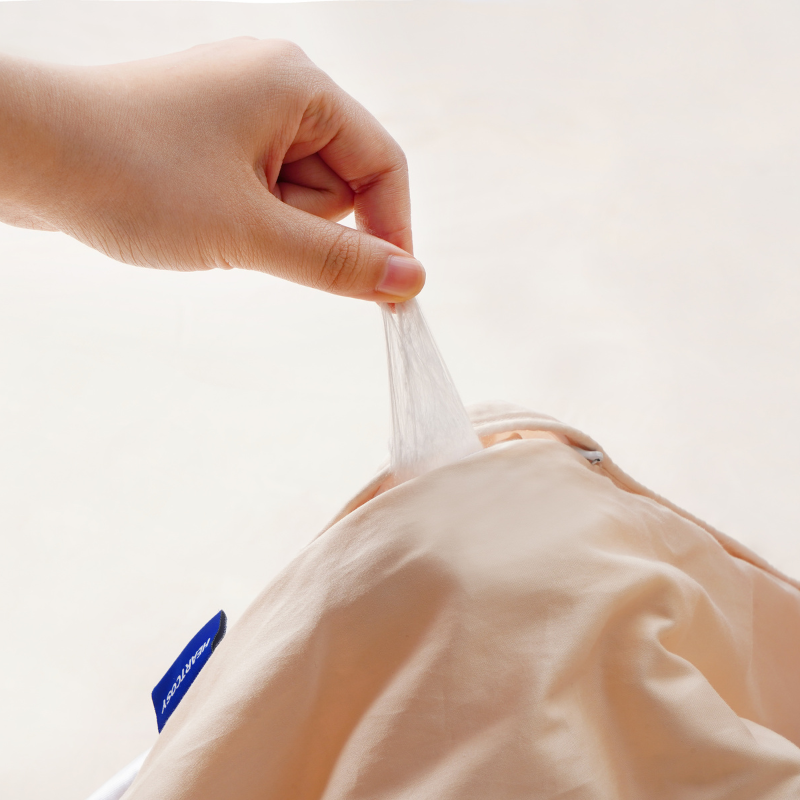
WHAT IS SILK?
Mulberry silk is an animal protein fiber, one of the earlier animal fibers utilized by humans. It contains 18 amino acids and its structure is very similar to human skin.
Its frictional irritation coefficient with the body is quite low among all fibers, so it feels as smooth as baby's skin and has the reputation of being the "second human skin".
The origin of silk is in the fields. People planted mulberry trees, raising silkworms, which began to spit silk in the spring, and people used the silkworms to weave the luxurious and beautiful silk.
China is the first country in the world to domesticate wild silkworms and silk weaving. The myths and legends that have spread widely reveal the long history of silk weaving and silkworm breeding in China.


In the 5th century B.C., a large number of travellers, having travelled thousands of miles, went in search of silk to the distant "Seres", the land of silk production, with a constant dream.
Since then, Chinese silk has spread far and wide overseas. The history of Chinese silk is almost as long as the history of Chinese civilization.
Later, Chinese silk was introduced to the West, and the wealthy class in the West regarded Chinese silk as a supreme treasure, calling it the "splendid sunset of the East".
Since Roman times, silk was a highly sought-after material for Europeans. When the Arabs conquered much of the Persian Empire in the 7th century, silk also spread rapidly in Africa. But by the Middle Ages, silk remained a luxury throughout Europe, mainly for the aristocrats and royalty.
SIX ADVANTAGES OF SILK QUILTS






MULBERRY SILK AND TUSSUR SILK
Mulberry silkworms are produced in the south and are domesticated by hand. With mature breeding and processing technology, the full length of silk spit by mulberry silkworms can reach more than 1000 meters.
Tussur silk, also known as wild silk, is one of the unique natural textile materials in China. The silk has a natural light yellow color, and in the actual production process, it is often treated with white alkali to fade the color.

THE COMPOSITION OF SILK
Each cocoon silk is composed of two main substances – silk protein and silk gum. Silk is the main body of the fiber, silk glue covered in the outside of the silk protein to play a protective role. The second is a small amount of wax and fat, which protects the cocoon silk from atmospheric erosion. In addition, silk also contains a small amount of pigment and ash, etc

The fiber structure is different.
Although Quercus sericea and mulberry silk belong to the same protein fiber, there are differences in their physical and chemical properties. The amino acid composition of Quercus sericea and mulberry silk is different.

The difference of fiber thickness.
The thickness of mulberry silk is generally only 1/10th of the thickness of hair silk, while the thickness of quassia silk is comparable to hair silk. So when you don't know, you can compare it with your own hair.

The difference of fiber color.
The mulberry silk is white like jade, slightly light beige, and cannot be found with the naked eye; while the crude silk is yellowish brown, and the bleached crude silk will become pale white, and the texture of the silk is disordered.

